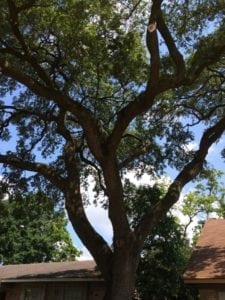Tree Pruning Techniques
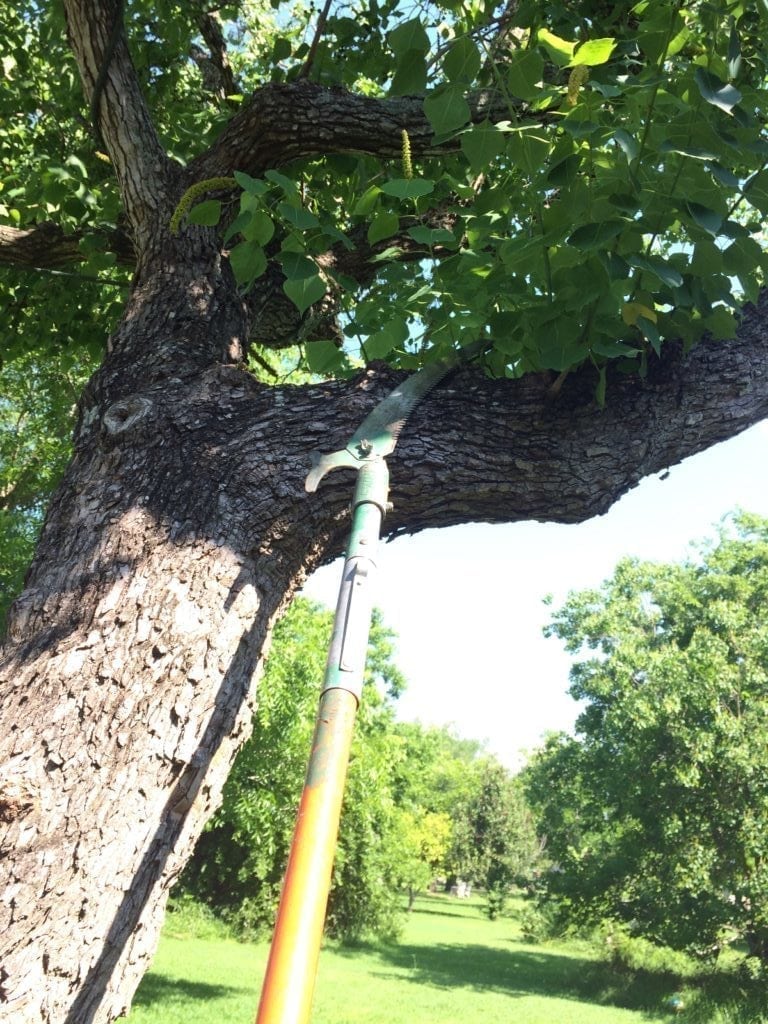
Tree pruning techniques used to properly trim trees is a key part of tree preservation and can help your tree provide the most benefits over its lifespan.
Tree Pruning Tools
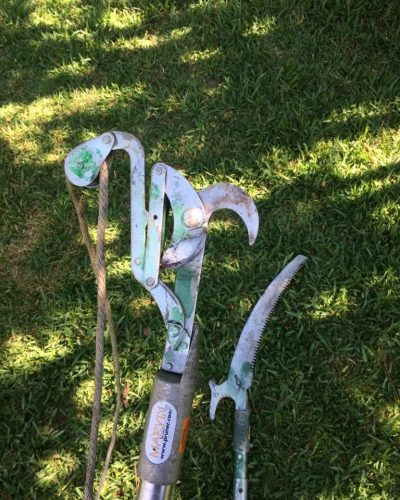
Tree pruning techniques includes choosing the right tool for the job provides for efficient pruning while minimizing risks. The choice of tool depends on several factors such as; accessibility, branch size, position of the branch, and location of the cut. Pruning shears are best suited for cutting small branches, while chain saws can cut through large branches quickly. Regardless of your choice of cutting tool, safety equipment is always recommended. The Occupational Safety and Health Administration (OSHA) and the American National Standards Institute ANSI Z133 Standard web pages provide information on appropriate actions, procedures, and equipment for tree care operations.
How to make a proper pruning cut
A proper tree pruning technique is a cut made in the correct location, that leaves a smooth surface with no torn bark or jagged edges. In order to accomplish that objective, larger branches should be removed using three cuts. The first cut undercuts the limb a foot or two out from the trunk. A undercut made correctly eliminates the chance of bark ripping as the branch is removed. The second cut is the top cut, which is made a little farther out on the branch than the undercut. Unless a chainsaw is being used, in which case the top cut should be made directly above the bottom cut. This allows the branch to drop smoothly. The final cut is made just outside the branch collar to remove the stub.
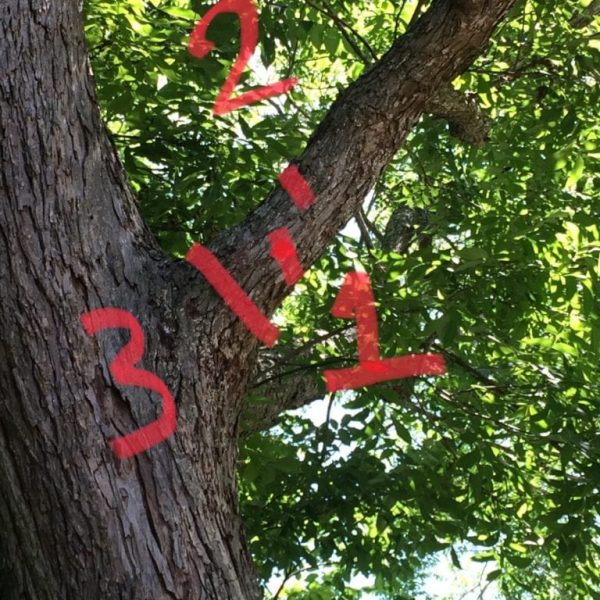
Where to make pruning cuts
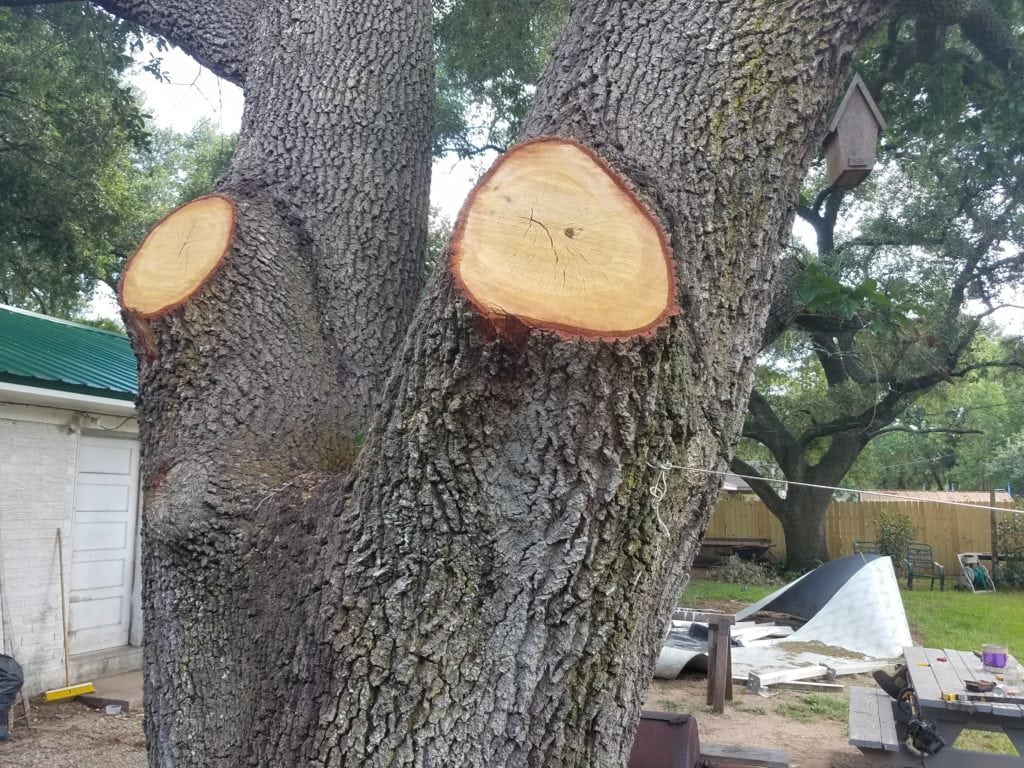
Pruning cuts made in the proper place allows the tree to compartmentalize, the natural defense process in trees where they wall off decay in the wood. If a cut is made in the wrong location decay can more easily enter the trunk and lead to defects. Cutting just outside the branch collar does not damage trunk tissue. This is why it is important to make each cut carefully, at the correct location, leaving a smooth surface with no jagged edges or torn bark.
Avoiding pests and disease when pruning
The timing of pruning plays a big role in disease and pests transmission. Pruning in the dormant season, pruning in dry weather, and pruning while insect vectors are least active are all good preventative tree pruning techniques.
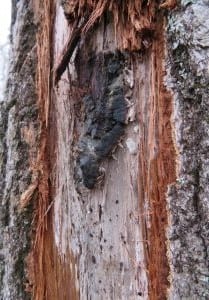
Tree pruning wound care (pruning paints)
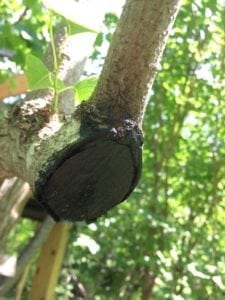
Most pruning cuts do not benefit from applying pruning paint to the wound. Pruning paint was once thought to accelerate wound closure and reduce the risk of decay. However, there is no research supporting the matter. Pruning paints may be applied for cosmetic purposes but are neither required nor recommended in most cases.
Best time to prune trees
In short – The best time to prune trees in the Houston, Texas area is generally early July through late January. The more complicated answer includes taking the tree species, the climate, and the insect and disease trends all into consideration. Tree species in Houston behave differently than the same species elsewhere. The climate in the Houston area is quite different than other parts of Texas, and wildly different than other parts of the country. We have different insect populations and different disease issues. Considering these factors produces a unique pruning time frame.
